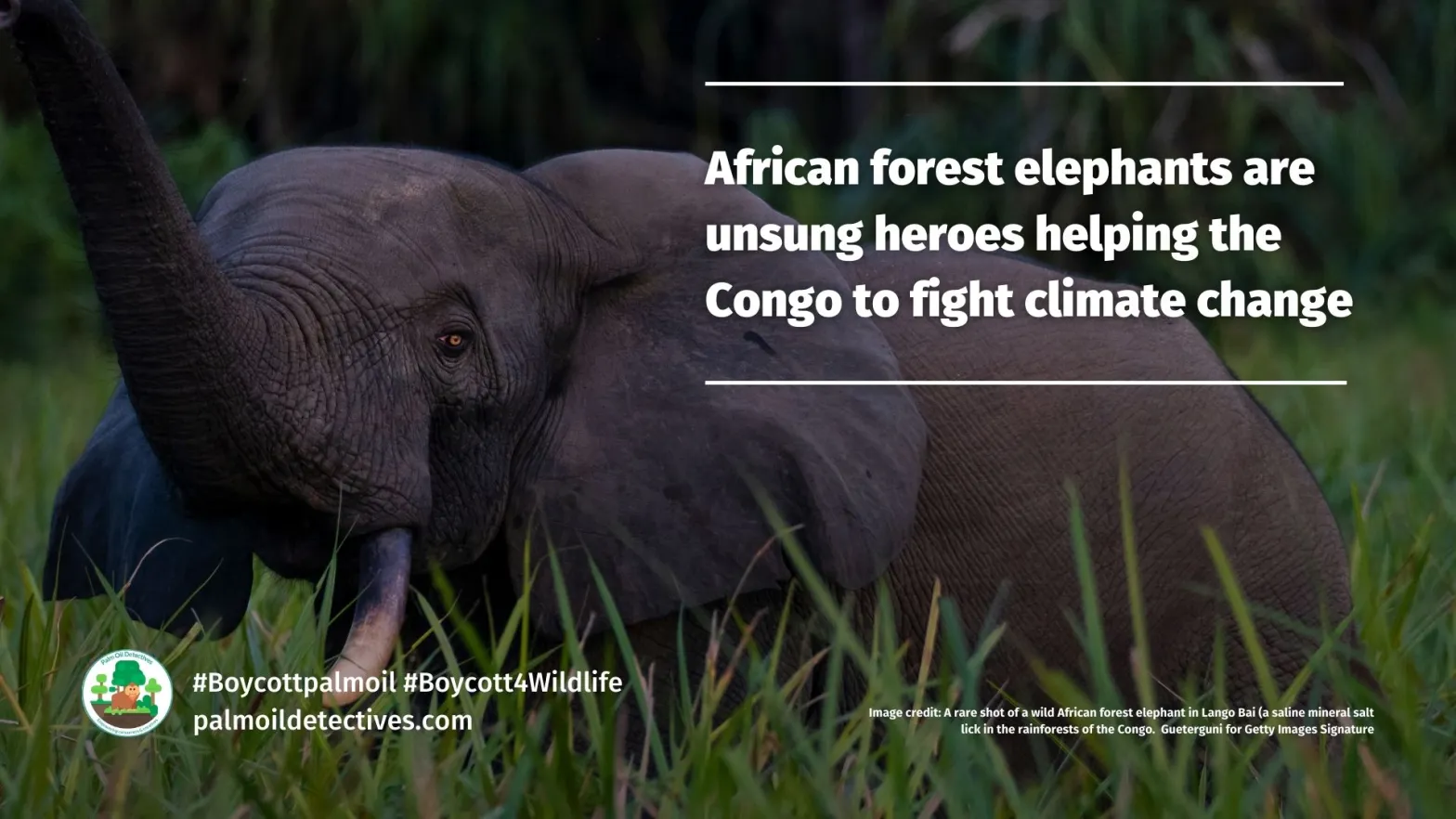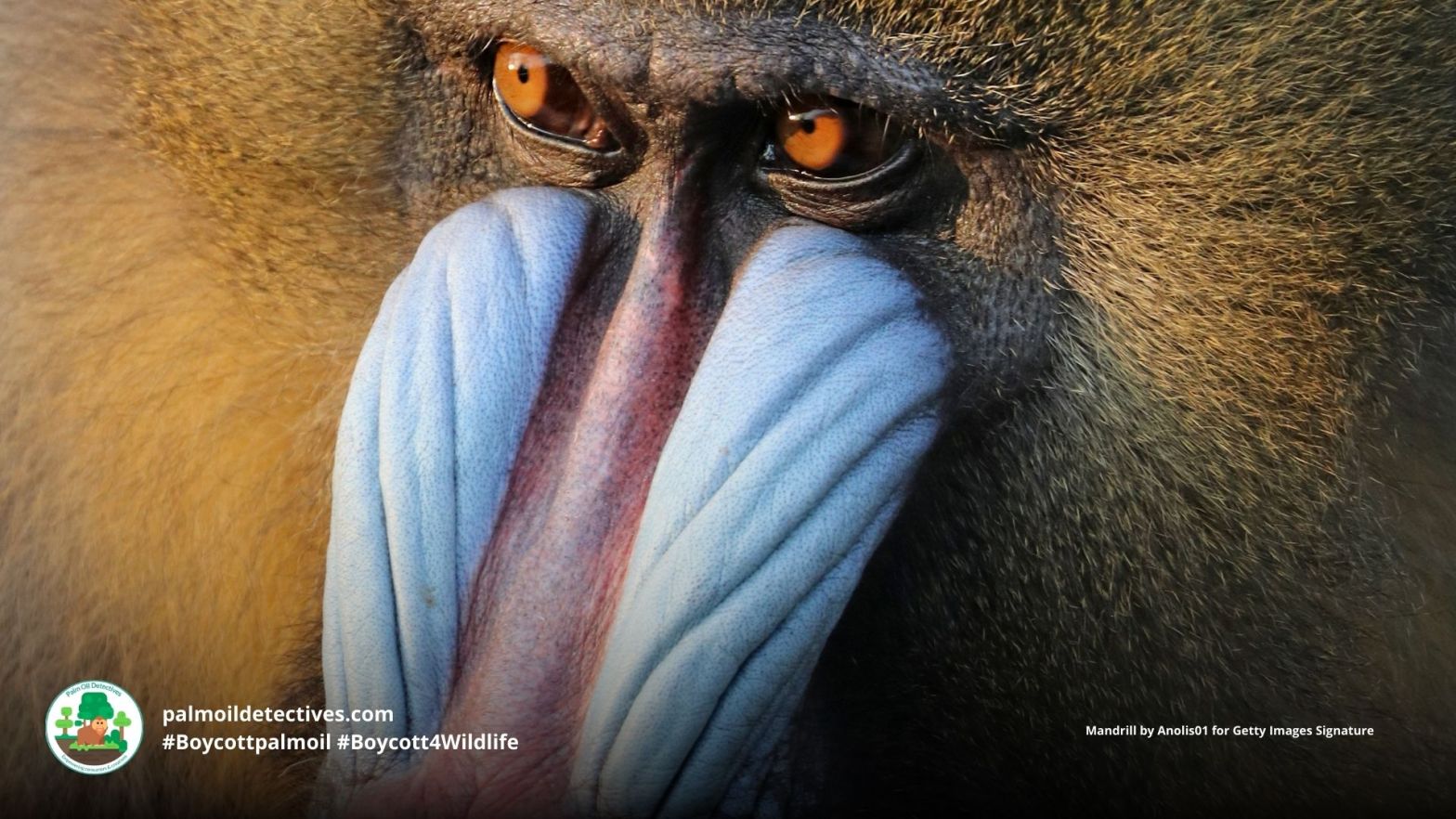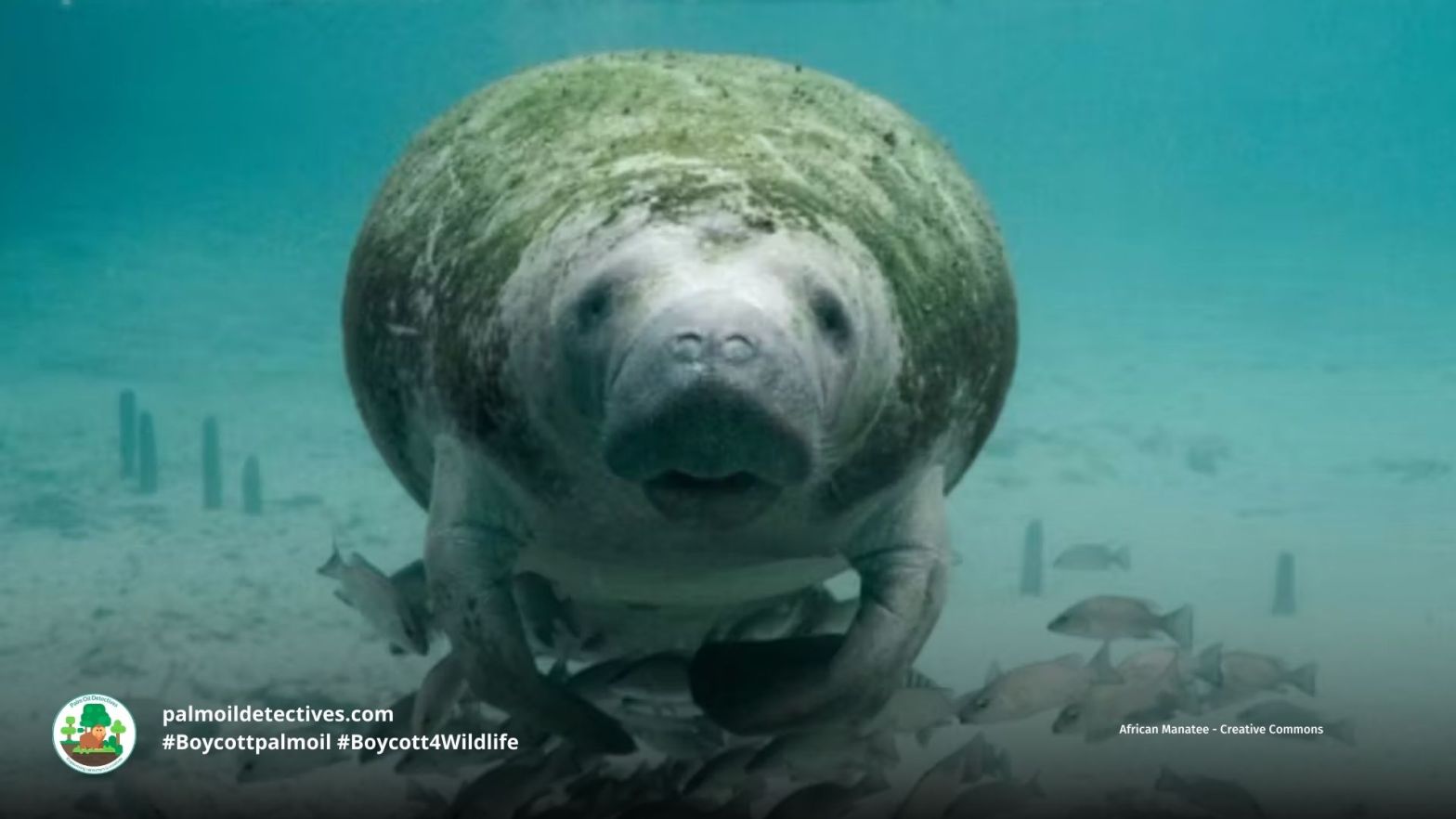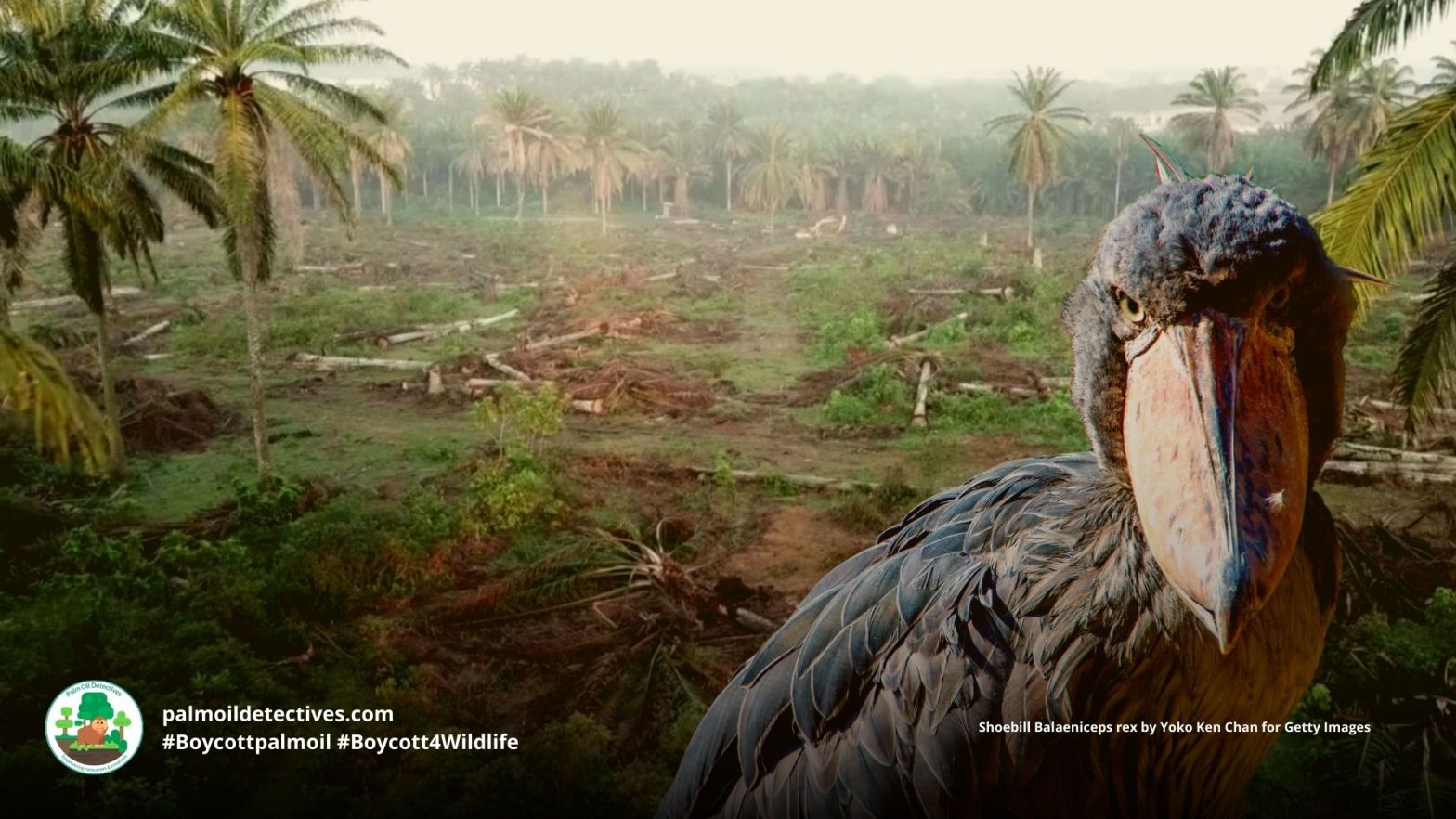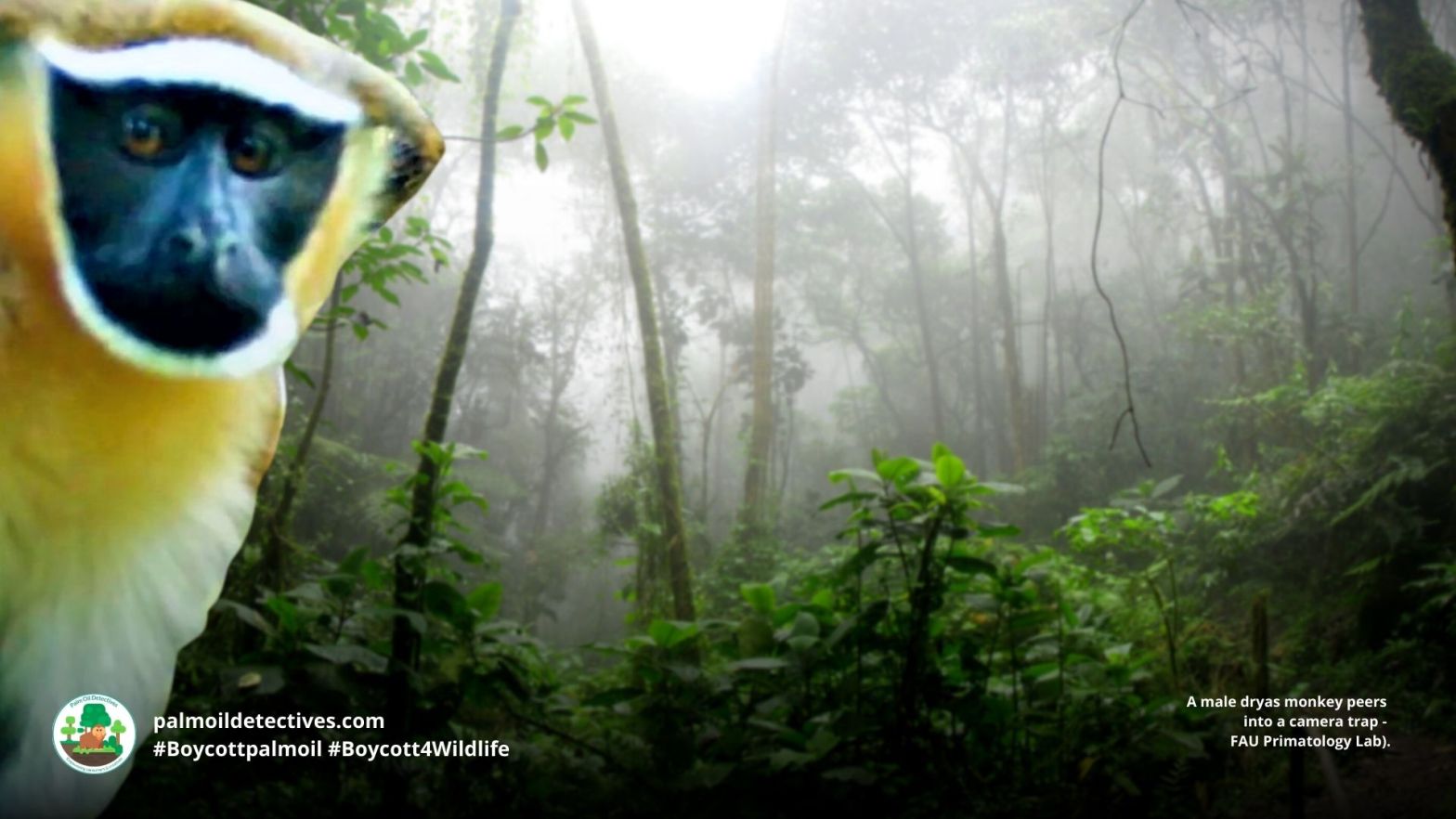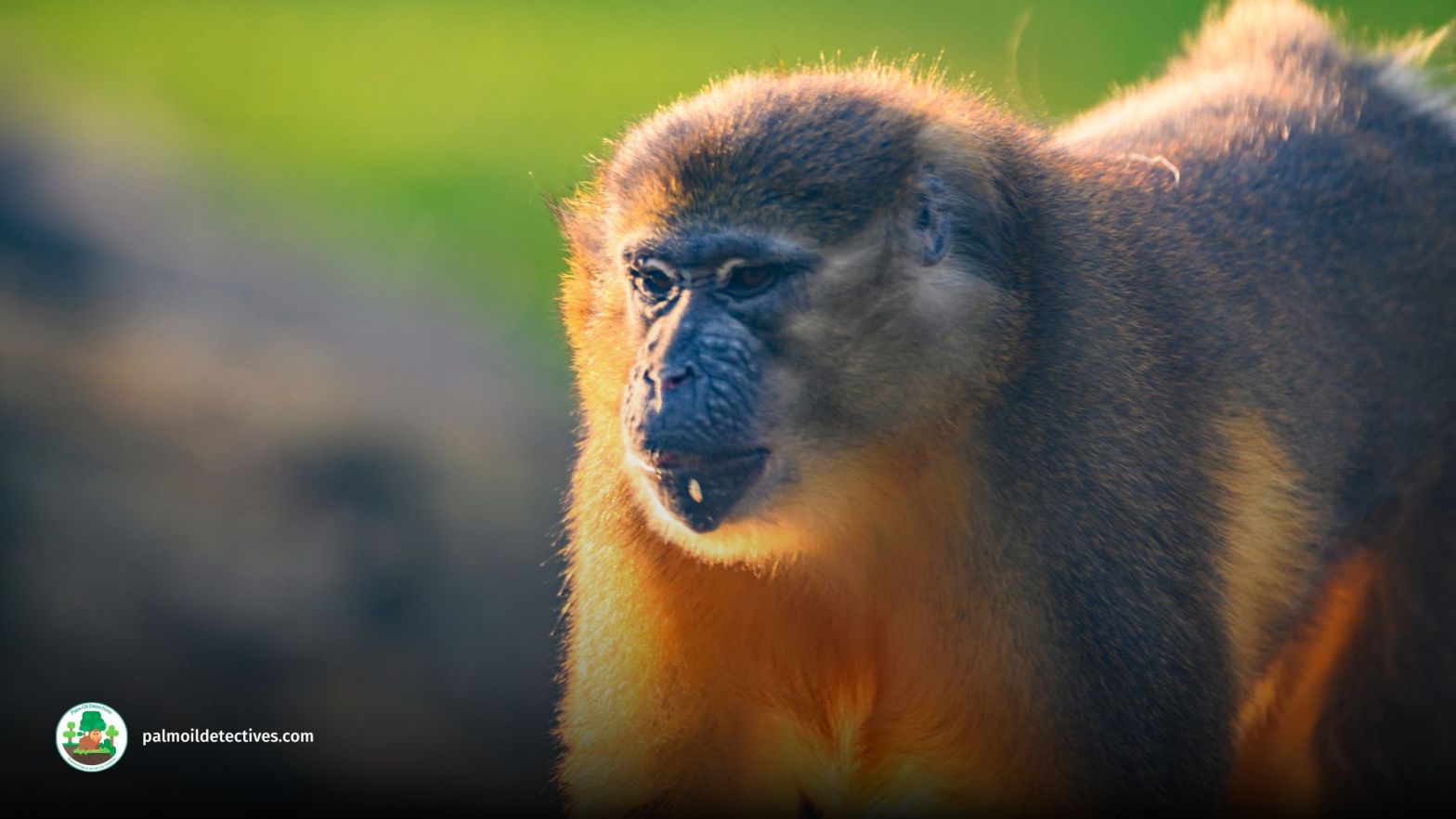Discover the awe-inspiring role of African forest elephants in the Congo Basin—nature’s master gardeners who literally shape the world around them! These gentle giants roam through muddy, mineral-rich paradises called baïs, fostering the growth of carbon-absorbing trees that make our planet healthier. By tending to these unique landscapes, they are the unsung heroes in the fight against climate change. Want to ensure these ecological architects keep doing their vital work? Join the movement to protect their habitat—say no to palm oil and adopt a vegan lifestyle! 🐘🌳#BoycottPalmOil #BeVegan #Boycott4Wildlife
Tag Archives: Congo
Mandrill Mandrillus sphinx
Magnificent #mandrills are undoubtedly one of the world’s most photogenic monkeys – famous for their brightly coloured and expressive appearance. Their bright blue rumps and vivid red, yellow and pink faces become even more deeply colourful when they’re excited. Males use their extra long canines for self-defence, but exposing their teeth can also be a sign of friendliness. Mandrills are important seed dispersers and a critical part of keeping the ecosystem in balance. These beautiful monkeys are vulnerable from palm oil, meat and cocoa deforestation and intensive poaching. Help their survival and #Boycottpalmoil #Boycott4Wildlife
African Manatee Trichechus senegalensis
In the folklore of West Africa, there’s a fascinating character called Maame Water, believed to be a goddess of the sea, she symbolises wealth and beauty. Maame Water is none other than the African Manatee!
The Serer people of Senegal, the Gambia, and Mauritania hold the African Manatee in high regard, considering them sacred and a guardian of the secrets of the future according to their creation myth. This precious species is vulnerable from palm oil deforestation, hunting and pollution. They perform an essential service to mangrove ecosystems by keeping them healthy. Help them survive and #Boycottpalmoil #Boycott4Wildlife every time you shop!
Shoebill Balaeniceps rex
Known for their unnerving and intense stare and imposing, prehistoric appearance – shoebills are magnificent birds. There are less than 8000 individual birds left alive. They are vulnerable from palm oil, cocoa and meat deforestation, agricultural run-off, mining, hunting and human persecution. Help them every time you shop and be #vegan, #Boycottpalmoil #Boycott4Wildlife
Dryas Monkey Chlorocebus dryas
Dryas Monkeys are secretive and vividly colourful monkeys who hang on to survival in the forests of the Congo. There is estimated to only be 100-250 individual monkeys still alive. They are fruit-eaters and play a critical role in ensuring the dispersion of seeds and therefore the future health of the DRC’s rainforests. They are preyed upon by leopards in the Congo basin. However, the main threat they face is the illegal poaching and hunting by humans for bushmeat, along with deforestation for palm oil, mining and other commodities.
Protect them each time you shop by boycotting meat and palm oil in the supermarket. #Boycott4Wildlife
Southern Ground-hornbill Bucorvus leadbeateri
Territorial and highly social, Southern Ground Hornbills collectively raise their young in groups – a process of parental guidance that can take up to two years – the longest of any bird species known. They are considered to be a culturally important species to many indigenous peoples and are known as rain birds or thunder birds for their folklore association with bringing rain and ending drought.
They are found throughout the thin line of Peruvian rainforest and their range stretches across several countries: Bolivia, Ecuador, Peru, Venezuela and Colombia. Their main threats are habitat loss to mining, logging, cattle farming, palm oil and soy as well as hunting. Protect them each time you shop by boycotting meat and palm oil in the supermarket.
African Dwarf Crocodile Osteolaemus tetraspis
African Dwarf Crocodiles are timid nocturnal animals and solitary hunters. They predate mainly on small animals in rivers or nearby to the riverbank. They are also known as the Broad-Snouted Crocodile or the Bony Crocodile are the smallest extant species of crocodile in the world and are typically around 1.5 metres in length. They face persecution by humans and other animals and spend most of their daylight hours resting in burrows they make along riverbanks. They are vulnerable from #timber #palmoil #soy #meat #deforestation and hunting. Help them survive and be #vegan, #Boycottpalmoil #Boycott4Wildlife
Butterfly Viper Bitis nasicornis
Although they possess one of the most potent venoms of all snakes in Africa, Butterfly Vipers are surprisingly placid and won’t attack unless provoked or threatened. They are known by several common names: Rhinoceros viper, River Jack, the Rhinoceros horned viper and the Horned puff adder. They are appreciated for their vividly coloured markings that keep them camouflaged on the forest floor.
Hippopotamus Hippopotamus amphibius
Hippopotamus Hippopotamus amphibius Extant (resident) Angola; Benin; Botswana; Burkina Faso; Burundi; Cameroon; Central African Republic; Chad; Congo; Congo, The Democratic Republic of the; Côte d’Ivoire; Equatorial Guinea; Eswatini; Ethiopia; Gabon; Gambia; Ghana; Guinea; Guinea-Bissau; Kenya; Malawi; Mali; Mozambique; Namibia; Niger; Nigeria; Rwanda; Senegal; Sierra Leone; Somalia; South Africa; South Sudan; Sudan; Tanzania, United Republic of;Continue reading “Hippopotamus Hippopotamus amphibius”
The people versus Feronia: Fighting palm oil agrocolonialism in the Congo
This incredible comic was created by Didier Kassai with research by Judith Verweijen and Dieudonne Botoko Kendewa of the University of Sussex and the University of Sheffield. The comic was originally posted by Cartoon Movement. The comic is based on field research conducted around the Feronia palm oil plantation in Tshopo province in north-east DR Congo.Continue reading “The people versus Feronia: Fighting palm oil agrocolonialism in the Congo”
Contagious yawns show social ties in humans and bonobos
Penny Orbell, The Conversation Most of us have experienced the overwhelming urge to yawn in response to another person yawning – but we’re not the only species to do this. Research published in PeerJ today shows bonobos – our closest evolutionary cousins – also experience “yawn contagion”, and, as in humans, the effect is influencedContinue reading “Contagious yawns show social ties in humans and bonobos”
African Forest Elephant Loxodonta cyclotis
African Forest Elephant Loxodonta cyclotis Critically Endangered Extant (resident): Angola; Benin; Burkina Faso; Cameroon; Central African Republic; Congo; Congo, Côte d’Ivoire; Equatorial Guinea; Gabon; Ghana; Guinea; Guinea-Bissau; Liberia; Niger; Nigeria; Senegal; Sierra Leone; South Sudan; Togo Extinct: Gambia Rapid land use change, including palm oil plantations across their range is driving the direct loss andContinue reading “African Forest Elephant Loxodonta cyclotis”
Western Lowland Gorilla Gorilla gorilla
Mighty, intelligent and gentle Western Lowland Gorillas are well-loved apes, they are #critically endangered by #deforestation and habitat loss for #palmoil, cocoa and mining along with disease and illegal poaching in #Congo #Nigeria #Cameroon Help them to survive every time you shop! Join the #Boycott4Wildlife
Golden Monkey Cercopithecus mitis ssp. kandti
The Democratic Republic of the Congo; Rwanda; Uganda Endangered Golden Monkey Cercopithecus mitis ssp. kandti The Golden monkey Cercopithecus kandti are Old World monkeys that live nestled deeply into the Virunga volcanic mountains of Central Africa. They are found in four national parks: Mgahinga, in south-west Uganda; Volcanoes, in north-west Rwanda; and Virunga and Kahuzi-Biéga,Continue reading “Golden Monkey Cercopithecus mitis ssp. kandti”
Golden-bellied Mangabey Cercocebus chrysogaster
Golden-bellied Mangabeys are only found in the Democratic Republic of Congo in tropical rainforests. They are known for their striking bright yellow and gold bellies which is easily distinguishable from their orange fur. They breed once per year, giving birth to one offspring that will not be fully independent until they are 4 to 5 years old. They are a nomadic, social species that travel in groups from 8 to 30 individuals. They have pouches in their cheeks which allow them to transport food.
African Greys: How politics killed the parrot
Here at The Nature Nook, we don’t shy away from uncomfortable truths or harsh realities concerning the natural world. But today’s article, about the tragic story of the Congo African grey parrot, is a particularly harrowing read that I don’t recommend to anyone who is sensitive to descriptions of animals in distress. The Congo AfricanContinue reading “African Greys: How politics killed the parrot”
Eastern Gorilla Gorilla beringei
Eastern Gorilla Gorilla beringei Critically Endangered Congo, The Democratic Republic of the; Rwanda; Uganda Gorillas are some of the most powerful and striking animals in the world. Not only for their size and force, but also for their gentle human-like behavior. They play a crucial role in local biodiversity, roaming through large territories and helping,Continue reading “Eastern Gorilla Gorilla beringei”
The Rarest Rhino: The Two Last Northern White Rhinos of Kenya
The rarest rhino in the world can be found wallowing in the mud at the Ol Pejeta Nature Conservancy in Kenya. Constantly guarded by vigilant rifle-clad guards, these two animals have no idea that they are the last members of their kind. They are northern white rhinos – the very last northern white rhinos anywhereContinue reading “The Rarest Rhino: The Two Last Northern White Rhinos of Kenya”
Okapi: African Unicorns
Deep in the heart of Africa, in the dense tropical rainforests of the Democratic Republic of the Congo (DRC), there lurks a very curious creature. With its long legs and predominantly dark brown coat of short fur, it looks, at first glance, a bit like a horse. But a second look will reveal a somewhatContinue reading “Okapi: African Unicorns”
Africa: Species Endangered by Palm Oil Deforestation
As parts of Asia’s rainforests are almost completely destroyed by palm oil, attention of palm oil companies has shifted towards Africa for industrial scale palm oil. All associated air and water pollution, human rights, greenwashing and animal extinction problems associated with palm oil are now taking place in Africa. The spread of industrial palm oilContinue reading “Africa: Species Endangered by Palm Oil Deforestation”

